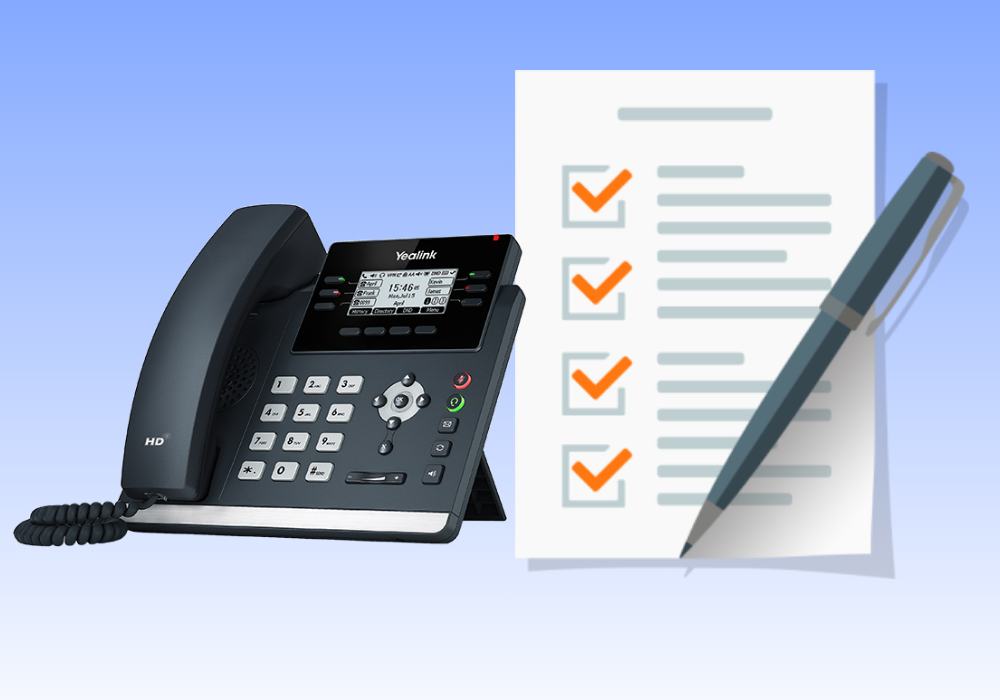For growing businesses, communication is everything. But traditional landlines are costly, limited, and outdated. That’s why more offices are switching to VOIP phone systems, a smarter, more flexible solution that saves money while keeping teams connected.
If you’re considering VOIP for your office, knowing where to start can feel overwhelming. That’s why we’ve created this step-by-step checklist to help you set up your VOIP phone system the right way.
1. Assess Your Office Needs
Before you choose a VOIP provider, take stock of your business requirements:
– How many employees need phone extensions?
– Do you need video conferencing, call forwarding, or voicemail-to-email?
– Will remote or hybrid employees use the system?
– What is your monthly budget for communications?
Having clear answers ensures you don’t overpay for features you don’t need, or miss out on the ones you do.
2. Check Your Internet Connection
Since VOIP uses the internet to make calls, a strong and reliable connection is critical. Test your bandwidth and latency to ensure your network can handle voice traffic without lag. A good rule of thumb:
– Minimum 100 kbps upload/download speed per call
– Wired connections are more reliable than Wi-Fi for VOIP phones
– Consider Quality of Service (QoS) settings on your router to prioritize voice traffic
3. Choose the Right VOIP Provider
Not all VOIP providers are created equal. Look for one that offers:
– Scalability (easy to add users as your team grows)
– Advanced features like auto attendants, call routing, and mobile apps
– Reliable support with fast response times
– Security measures to protect against call interception or hacking
4. Select Your VOIP Hardware and Software
Depending on your office setup, you may need:
– VOIP desk phones (for traditional office environments)
– Softphones (software that lets employees use their computers or mobile devices to make calls)
– Headsets (for customer service teams or remote employees)
Most businesses use a mix of these to balance flexibility and cost.
5. Set Up Security and Backup Options
VOIP systems are convenient, but like any internet-connected tool, they need protection. Make sure your provider offers:
– Encryption for calls and messages
– Secure login credentials with two-factor authentication
– Redundancy and backups so calls don’t drop during outages
6. Train Your Employees
Even the best VOIP system is only as good as the people using it. Provide training so employees understand:
– How to use call forwarding, voicemail, and conferencing features
– How to access the VOIP system remotely
– Basic troubleshooting (like reconnecting to the network if a call drops)
A short training session can save hours of frustration later.
7. Test Before Going Live
Finally, run a test phase before fully switching over. Make test calls, check call quality, and confirm all features work as expected. This reduces downtime and ensures a smooth transition.
Final Thoughts
Switching to VOIP doesn’t have to be complicated. By following this checklist, you’ll ensure a smooth setup that improves communication, reduces costs, and grows with your business.
At Document Solutions, we help businesses every step of the way, from selecting the right VOIP system to installation and ongoing support.
Ready to set up a VOIP phone system in your office? Contact Document Solutions today by calling (888) 880-3377 for a consultation and discover how we can simplify your business communications.





